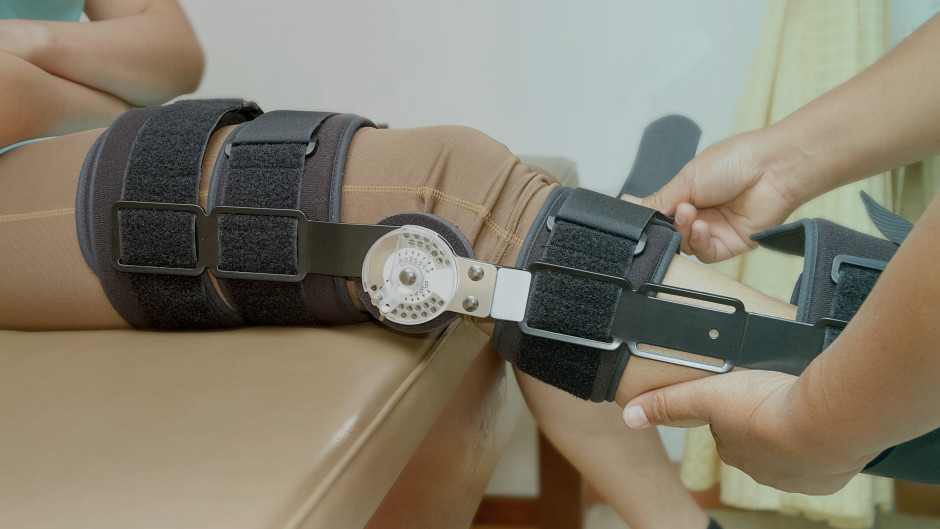PERIPHERAL ARTERY DISEASE - AN OVERVIEW
What is peripheral artery disease?
Peripheral arterial disease (PAD) is an arterial flow problem associated with atherosclerosis . The severity of PAD is classified according to symptom severity, time course, and anatomical distribution. The signs and symptoms of PAD reflect the degree of circulatory compromise and whether there has been a gradual reduction in the circulation or an abrupt, uncompensated decrease.1
Prevalence of PAD
Prevalence of peripheral artery disease goes up with age. Its about 1% in 40-49 year olds, about 7% in 55-59 years of age, 15% in 75 year olds and about 25% in those between 95-99 years of age. About 50 % of all cases are asymptomatic.
Symptoms of Peripheral Artery Disease
Most prevalent symptom of PAD is exertional muscle pain in the legs, abolished with rest which is also called as claudication. Symptoms will appear readily with more exertion for e.g. walking uphill. It commonly presents bilaterally but early in disease this may fluctuate.
There can be rest pain with moderate or severe disease often on the top of the foot.
It can also present atypically more commonly at the groins, knees, shins and ankles.




Acute Limb Ischemia
It occurs due to a sudden decrease in limb perfusion. About 1 in 10'000 people each year are affected. The amputation rates and mortality rates are high despite revascularisation.
There is also increase risk of major adverse events like myocardial infarction, heart failure and renal failure. The patient may report:
1) Severe rest pain (Pain out of proportion)
2) Diffuse pins and needles (Paraesthesia)
3) Widespread numbness (Paraesthesia)
4) Cold leg to touch (Perishingly cold)
Assessment of Peripheral Artery Disease
Assessment of PAD includes inspection of the skin and the feet, pulse examination followed by the burgers test.
Watch these clips to know more about how to assess PAD.
*We recommend rotating your phone to watch the videos*
Part1
Part 2
Part 3
BUERGER'S TEST
Management of peripheral artery disease
Management of PAD includes:
1. Management of the risk factors by medication, smoking cessation advice, weight management and lifestyle changes
2. Supervised exercise program: Supervised exercise programmes have been shown to improve walking distances compared to unsupervised exercise programs (Lane et al., 2017; Xiafei et al., 2016) Most effective is walking >30minutes 2-3 times per week, to near maximal pain for at least six months (Harwood et al, 2022)
NICE recommends a supervised exercise programme to ALL patients if available (2 hours a week for 12 weeks) (NICE, 2012; 2020)
Sources:
1. Marc A. Bailey, BSc, MB, ChB, PGCert, MRCS(Eng),1,2 Kathryn J. Griffin, MA, MB, BChir, PGDip, MRCS(Eng),1,2 and D. Julian A. Scott, MD, Clinical Assessment of Patients with Peripheral Arterial Disease ; Semin Intervent Radiol. 2014 Dec; 31(4): 292–299.
2. Lecture ‘Peripheral Artery Disease’ by Adam dobson
3. Harwood AE, Pymer S, Ibeggazene S, Ingle L, Caldow E, Birkett ST. Provision of exercise services in patients with peripheral artery disease in the United Kingdom. Vascular. 2022;30(5):874-881. doi:10.1177/17085381211035259
4. Lyu, X., Li, S., Peng, S., Cai, H., Liu, G., and Ran, X. (2016) Intensive walking exercise for lower extremity peripheral arterial disease: A systematic review and meta-analysis. Journal of Diabetes, 8: 363– 377. doi: 10.1111/1753-0407.12304.
5. Lane, Risha et al. “Exercise for intermittent claudication.” The Cochrane database of systematic reviews vol. 12,12 CD000990. 26 Dec. 2017, doi:10.1002/14651858.CD000990.pub4
6. Peripheral arterial disease: diagnosis and management Clinical guideline https://www.nice.org.uk/guidance/cg147



